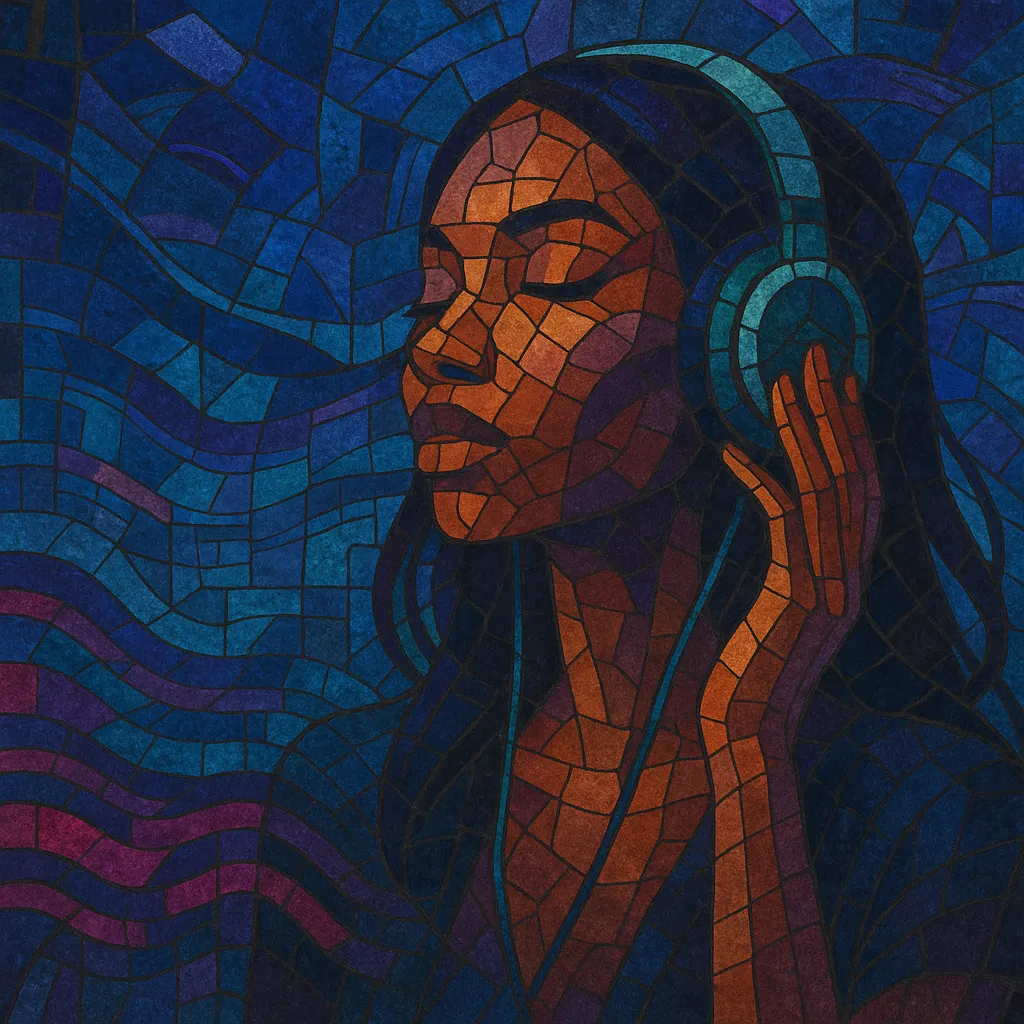Electro R&B blends the melodic, emotive songwriting and vocal stylings of contemporary R&B with the sound design, textures, and rhythmic vocabulary of electronic music. It typically features glossy or atmospheric synths, deep sub‑bass, minimalist drum programming, and spacious, reverb‑washed production.
Compared with traditional R&B, electro R&B is more experimental in timbre and texture, often leaning on post‑dubstep, future garage, and synth‑pop palettes. Vocals may use subtle Auto‑Tune, layered harmonies, pitched ad‑libs, or chopped vocal samples as rhythmic hooks. Tempos range from sultry halftime grooves to kinetic 2‑step/house inflections, maintaining a balance between club‑readiness and intimate, late‑night moods.
Electro R&B emerged as R&B singers and producers absorbed the synthetic sheen of electropop and the atmospheric, bass‑forward approaches of post‑dubstep and future garage. Early touchpoints included sleek, minimal R&B productions in the late 2000s and the rise of online‑driven, moodier “alt‑R&B” micro‑scenes.
In the early 2010s, artists began centering glossy synth pads, sub‑heavy low end, and skeletal, club‑informed drums around R&B songcraft. Mixtapes and independent releases circulated online, shaping a clear aesthetic: intimate vocals against widescreen, electronic backdrops. UK and North American scenes cross‑pollinated, with garage/2‑step rhythms and US trap/808 palettes both informing the sound.
As the sound matured, producers borrowed from house, synth‑pop, and ambient textures, while mainstream pop absorbed its nocturnal, minimalist feel. Collaborations between R&B vocalists and electronic producers became common, and electro R&B informed the sound of pop‑R&B radio, streaming playlists, and club‑oriented remixes.
The style continues to evolve at the edges of alternative R&B, hyperpop, and club music. Artists experiment with modular synthesis, granular vocal processing, and hybrid rhythms, while keeping the genre’s core: emotive R&B vocals framed by refined, forward‑thinking electronic production.
Use lush pads, airy leads, and deep sub‑bass from modern soft synths (Serum, Massive, Diva) or hardware. Combine clean, punchy 808/909 kits with textured foley, vinyl crackle, or granular atmospheres. Reserve space in the midrange for the vocal; let high‑end percussion and low‑end bass frame it.
Favor minor keys, extended chords (maj7, min9, add9), and modal interchange for color. Write toplines that balance intimacy and lift—verse melodies can be conversational; choruses rise with sustained notes or falsetto. Use call‑and‑response between lead and ad‑libs.
Two core approaches work well:
• Halftime/trap‑leaning grooves at 65–90 BPM with sparse kicks, tight snares, and syncopated hi‑hats. • UK garage/2‑step or house‑inflected rhythms at 118–128 BPM for kinetic, shuffling motion.Employ syncopation and negative space; sidechain pads/bass subtly to the kick.
Warm, close‑mic’d vocals with controlled saturation and tasteful tuning. Stack harmonies and doubles; use ad‑libs as textural elements. Creative processing (formant shifts, chops, reverses, granular snippets) can become hooks—automate reverbs/delays to bloom at phrase ends.
Keep arrangements minimal but intentional: intro (textural), verse (sparse), pre‑chorus (build with risers or harmony), chorus (fuller drums/synths), post‑chorus (vocal chop motif). Use contrast between sections (filter sweeps, drum mutes). Mix for depth: mono low end, wide pads, centered vocal.
Late‑night introspection, romance and desire, vulnerability, urban solitude, and subtle hedonism. Concrete details (neon, night drives, cityscapes) help ground the mood.


